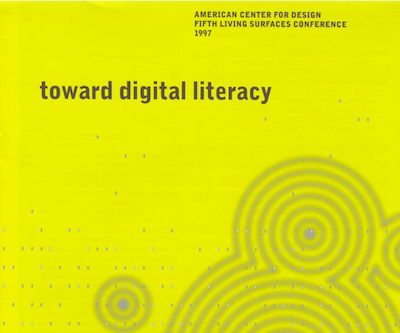Carolina Cruz-Neira
Written by Erin Malone
One of the leading U.S. researchers in Virtual Reality, Carolina Cruz-Neira wrote her doctoral thesis in 1995 on the development of an immersive virtual reality system called CAVE, which she and her colleagues invented three years before in 1992. For the last thirty years, Cruz-Neira has conceived of and built research centers focused on virtual reality at several U.S. universities, including the Virtual Reality Applications Center (VRAC) at Iowa State University and the Emerging Analytics Center at the University of Arkansas–Little Rock. She has created best practices for building and running virtual reality research centers and developed and run several graduate programs. Additionally, Cruz-Neira has looked at using VR for practical, non-academic uses and has created open-source VR technologies for entrepreneurs and other researchers.
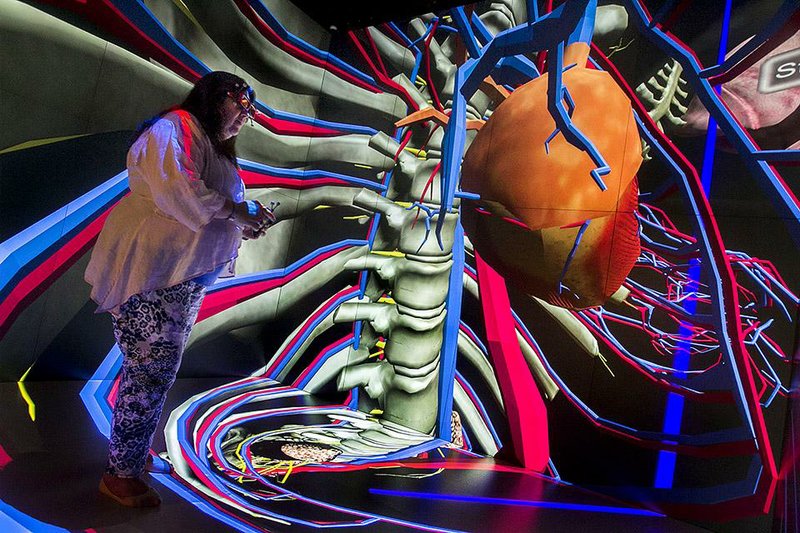
Image from the Arkansas Democrat-Gazette by Benjamin Krain--09/10/2014-- Carolina Cruz-Neira, Director of the UALR Emerging Analytics Center, demonstrates an anatomy training prototype in the EmergiFLEX immersive data visualization system. Cruz-Neira help develop the virtual reality style machine.
Her open-source work has involved creating best practices for how to build and run a VR facility as well as the development of VR Juggler, an open-sourced development platform for virtual reality. Cruz-Neira’s work set the stage for the VR emergence we see today. In a paper for a panel discussion Cruz-Neira organized for SIGGRAPH 2015 regarding this new wave of VR, she mused, “This ‘VR renaissance’ is engaging the public’s imagination like never before because the technology is now affordable, easy to use, and widely available. Furthermore, it is aligning itself with successful business models, like the app stores for mobile technologies. The expectations are that it is ‘here’ and ‘now,’ and that it will take us to places we cannot even imagine. But, at the same time, we still have not found the infamous ‘killer app.’ So, is VR for real this time? Are we setting the expectations, right? Are we being carried away by our enthusiasm again? Will we deliver? In other words, are we going to do it right this time?”
Cruz-Neira came to the U.S. from Venezuela with a degree in software engineering (1987) and an interest in artificial intelligence. She pursued her master’s at the University of Illinois in 1988. She took a computer graphics class for fun and through other students and the faculty of the Electronic Visualization Laboratory (EVL), she was introduced to the fact that these early computer graphics were developed and created by scientists and engineers, not just artists. Through these professors, Cruz-Neira found an assistantship and scholarship money. Her early schoolwork in these classes was on supercomputing and high-performance computing machines. She worked on Cray XMP machines and other super computers through the Beckman Institute at the University of Illinois Urbana-Champaign and was trained on these high-performance machines. This work secured her an assistantship and Cruz-Niera officially became part of the EVL. She graduated with a master’s in electrical engineering and computer science in 1991.
Cruz-Neira went to work at IBM in New York after completing her master’s. A trip to SIGGRAPH that summer where she saw a VR exhibit got her excited about pursuing a PhD. Her advisor, Tom DeFanti called her and told her, “I have this grant and I can fund you for three years if you want to do your PhD. You will be doing virtual reality for the next three years.”[1] When she asked specifically what she would be doing, DeFanti left it to her and the team to figure out. They received a National Science Foundation grant to do VR research, so Cruz-Neira quit her job at IBM and returned to Chicago.
Cruz-Neira and her team brainstormed different ideas and were inspired by a projector; they wondered if it would display 3D work. Over the next year, they evolved the CAVE space, which was driven by multiple PCs, projections on multiple walls, a VR headset, and synchronized sound and video. In an interview from 2020, Cruz-Neira talked about the creation of CAVE, “There were several aspects that I loved, like the ability to leave the real world and explore new worlds in ways not possible in reality – this opened creative opportunities limited only by our own imaginations. But I also noticed aspects that bothered me, in particular the fact that I was alone in the virtual space and that I lost my body. When I had the opportunity to pursue a PhD in virtual reality, my main motivation was to develop a technology that would allow for multiple participants to share the virtual space in the same manner as we do in real life. So, the CAVE was born.”[2]
In 1992, Cruz-Neira and her colleagues, Daniel J. Sandin, Thomas A. DeFanti, Robert V. Kenyon, and John C. Hart presented the Cave, an audio-visual experience automatic virtual environment at SIGGRAPH. The Cave consisted of a room whose walls, ceiling, and floor surround a viewer with projected images.[3] The Cave SIGGRAPH showcase featured several applications developed by the Visualization Laboratory including Weather in three dimensions, Graphical Planning for Brain Surgery, Visible Embryo, The Snowstorm, Fractal Exploratorium, Bio Modeling, and Galaxies and Stars[4] —each of which allowed people to try out the VR experience within these different contexts.

The Cave Automatic Virtual Environment at EVL, University of Illinois at Chicago. This shows a user inside the CAVE. It was taken when the CAVE was being upgraded to use new 5000-lumen Christie Mirage DLP projectors. By User:Davepape - own work (self-photograph using timer), Public Domain, https://commons.wikimedia.org/w/index.php?curid=868395
Over the course of her PhD work, Cruz-Neira worked with other students, artists, and engineers to create different ways for artists to manipulate the software and create complex immersive experiences. Since receiving her PhD, Cruz-Neira has spent much of her career in academia, working first at Iowa State University where she developed many scientific studies and wrote many papers about using CAVE. In Iowa, she co-founded the Virtual Reality Applications Center and in 2002, she co-founded and co-directed the Human-Computer Interaction graduate program there. Cruz-Neira has been very successful at writing grants and working with industry to conduct experiments about what can be done with the technology—particularly in science and healthcare.
In 2001, she received a grant from the Iowa Academy of the Arts to create a virtual reality CAVE experience about being an Iowan. The project pivoted after 9/11 and Cruz-Neira and her team ended up creating a visual narrative about the experience of being 9/11 survivor. She and her team interviewed hundreds of survivors and witnesses and created vignettes inside the experience. Cruz-Neira describes the sound design of the piece, “The sound that people experienced was according to what was happening inside the World Trade Center at the time of the attack. Anne [Deane] did a fantastic job. The piece was almost like a theatrical play with four acts. Act One was a beautiful day, because everybody told us what a beautiful day it was. Act Two we called ‘What They Heard’ because everybody who told us their story started with noises—they heard explosions. Very few people saw anything. Most of them heard it. The Third Act, we called ‘Ashes’ because after they heard the noises, they only saw ashes and ashes and more ashes. The last act was about the residents, where a lot of them gave us their own views on how their life is now different. The whole experience from the beginning to the end is about fourteen or fifteen minutes because in every act, as a viewer, you have the choice of how many stories you hear. You navigate through the space and have four stops. In every stop, you can hear the backdrop and, for example, hear the story of somebody who was in the towers, or you can hear the story of someone who was in the subway, or the story of someone who was in the park, or somebody who was across the river.”[5] The piece was displayed in Spain, France, Germany, Poland, Japan, and Des Moines. Despite its content, it was never displayed in New York.
See an excerpt of the piece on Vimeo.
After Iowa, Cruz-Neira relocated to Louisiana and the University of Louisiana at Lafayette until 2014 when she moved to the University of Arkansas at Little Rock. While in Louisiana, Cruz-Neira served as the first CEO and Chief Scientist of a Louisiana state initiative called the Louisiana Immersive Technologies Enterprise which was created to support economic development in immersive technologies. While in Arkansas, she was the Executive Director of the Emerging Analytics Center at UofA. The space she developed at the EAC, an immersive room with over 26 monitors integrated into the walls, has been compared to “the ‘holodeck’ on the Star Trek: The Next Generation television show.”[6] In 2020, Cruz-Neira relocated to the University of Central Florida where she holds the Agere Chair in the Department of Computer Science.
Over the years, Cruz-Neira helped develop VR for training for healthcare—at the VR for Good panel in 2018 as part of CES, she demoed a VR interactive dissection experience allowing people to dissect a life-size cadaver using gestural movements and natural user interactions. A prolific author, Cruz-Neira has written hundreds of papers, book chapters, and editorial articles. A recent paper (2021) for the Virtual Reality Journal includes an in-depth literature review looking at research at the crossroads of AI and XR (XR is the combination label of VR, AR, MR, and virtual interactive environments) across the breadth of contemporary disciplines including autonomous cars, robotics, the military, medical training, cancer diagnosis, entertainment, gaming applications, advanced visualization methods, smart homes, affective computing, and driver education and training.[7]
In addition to her academic work, Cruz-Neira has co-founded several businesses including Glass House Studio, a company for creating virtual experiences. She also co-founded Infiscape Corporation, which created immersive applications and high-end interactive graphics. Additionally, she has served on several corporate advisory boards and consulted with companies around the world.
In 1997, Business Week magazine named Cruz-Neira a rising research star in the next generation of computer science pioneers and in 2016, she was listed in the top 25 virtual reality innovators by the gaming website Polygon. In 2003, ACM SIGGRAPH inducted her as a Computer Graphics Pioneer. In 2007, Cruz-Niera received the IEEE Virtual Reality Technical Achievement Award, and in 2009, the Distinguished Career award from the International Digital Media and Arts Society. In 2018 she was named an ACM Computer Pioneer and was named to the National Academy of Engineering. Since 2019, Cruz-Neira has served as the Chief Editor of VR and Industry for Frontiers in Virtual Reality Journal.
Footnotes
[1] Lisa Wainwright, Anne Balsamo, and Judy Malloy, New Media Futures: The Rise of Women in the Digital Arts (University of Illinois Press, 2018), http://www.jstor.org/stable/10.5406/j.ctv8j4d3.
[2] Peter Weishar, “Taking UCF Students to the Cutting Edge of VR,” InPark Magazine, November 20, 2020, https://www.inparkmagazine.com/a-meeting-of-minds-and-disciplines/.
[3] Carolina Cruz-Neira et al., “The CAVE: Audio Visual Experience Automatic Virtual Environment,” Commun. ACM 35 (1992): 64–72, https://doi.org/10.1145/129888.129892.
[4] Ibid
[5] Lisa Wainwright, Anne Balsamo, and Judy Malloy, New Media Futures: The Rise of Women in the Digital Arts (University of Illinois Press, 2018), http://www.jstor.org/stable/10.5406/j.ctv8j4d3.
[6] David Smith, “Engineer Envisions Sci-Fi as Reality,” Arkansas Online, November 24, 2014, https://www.arkansasonline.com/news/2014/nov/24/engineer-envisions-sci-fi-as-reality-20.
[7] Reiners D, Davahli MR, Karwowski W and Cruz-Neira C (2021) The Combination of Artificial Intelligence and Extended Reality: A Systematic Review. Front. Virtual Real. 2:721933. doi: 10.3389/frvir.2021.721933
Carolina Cruz-Neira Bibliography
Bierbaum, Allen, Patrick Hartling, and Carolina Cruz-Neira. “Automated Testing of Virtual Reality Application Interfaces,” 107–14. Zurich, Switzerland: Association for Computing Machinery, 2003. https://doi.org/10.1145/769953.769966.
Cox, Donna J, Ellen Sandor, and Janine Fron, eds. “Carolina Cruz-Niera.” Herstory. Accessed February 26, 2022. https://www.herstory-artn.com/carolina-cruz-niera
Cruz-Neira, Carolina, Margaret Dolinsky, Jaron Lanier, Ronald Azuma, Elizabeth Baron, and Carolina Cruz-Neira. “The Renaissance of VR: Are We Going to Do It Right This Time?” Los Angeles, California: Association for Computing Machinery, 2015. https://doi.org/10.1145/2786601.2792687.
Cruz-Neira, Carolina, Daniel J Sandin, and Thomas A DeFanti. “Surround-Screen Projection-Based Virtual Reality: The Design and Implementation of the CAVE,” 135–42. Anaheim, CA: Association for Computing Machinery, 1993. https://doi.org/10.1145/166117.166134.
Cruz-Neira, Carolina, Daniel J Sandin, Thomas A DeFanti, Robert V Kenyon, and John C Hart. “The CAVE: Audio Visual Experience Automatic Virtual Environment.” Commun. ACM 35 (1992): 64–72. https://doi.org/10.1145/129888.129892.
Faller, Angelita. “Cruz-Neira Named New Member of the National Academy of Engineering.” News, February 8, 2018. https://ualr.edu/news/2018/02/08/cruz-neira-national-academy-engineering/.
Hyman, CEO, Elizabeth. Letter to National Institute of Standards and Technology. “RE: Document #2021-25428/Docket #211116-0234; Study to Advance a More Productive Tech Economy 86 FR 66287.” Letter from the XR Association, February 15, 2022.
Reiners, Dirk, Mohammad Reza Davahli, Waldemar Karwowski, and Carolina Cruz-Neira. “The Combination of Artificial Intelligence and Extended Reality: A Systematic Review.” Frontiers in Virtual Reality 2 (September 7, 2021). https://doi.org/10.3389/frvir.2021.721933.
Sandor, Ellen. “About | Artn.” artnlab. Accessed February 26, 2022. https://www.artn.com/about.
Sciences, AR Data. “This Month’s Q&A: September 2020.” ACDS, September 22, 2020. https://www.acds.co/post/qa-september-2020.
Smith, David. “Engineer Envisions Sci-Fi as Reality.” Arkansas Online, November 24, 2014. https://www.arkansasonline.com/news/2014/nov/24/engineer-envisions-sci-fi-as-reality-20.
Wainwright, Lisa, Anne Balsamo, and Judy Malloy. New Media Futures: The Rise of Women in the Digital Arts. University of Illinois Press, 2018. http://www.jstor.org/stable/10.5406/j.ctv8j4d3.
Weishar, Peter. “Taking UCF Students to the Cutting Edge of VR.” InPark Magazine, November 20, 2020. https://www.inparkmagazine.com/a-meeting-of-minds-and-disciplines/.
Selected Stories
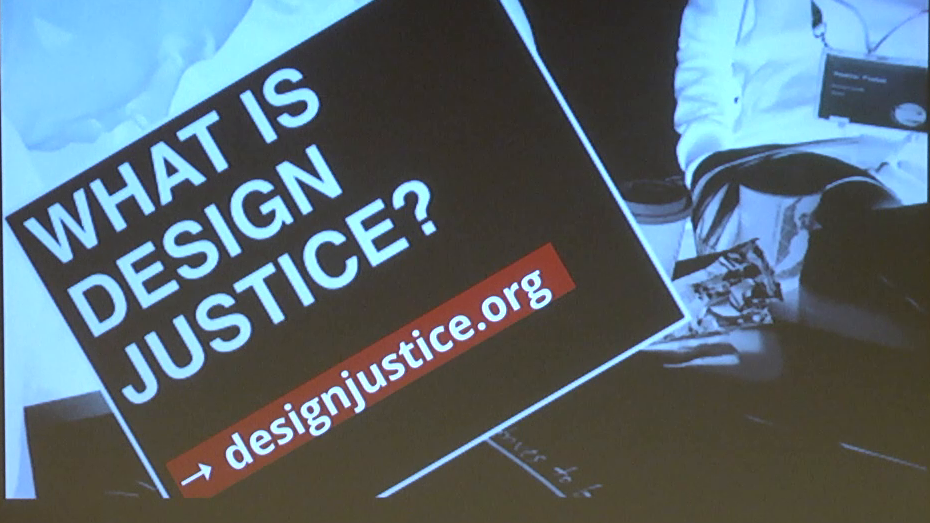
Sasha Costanza-ChockProject type
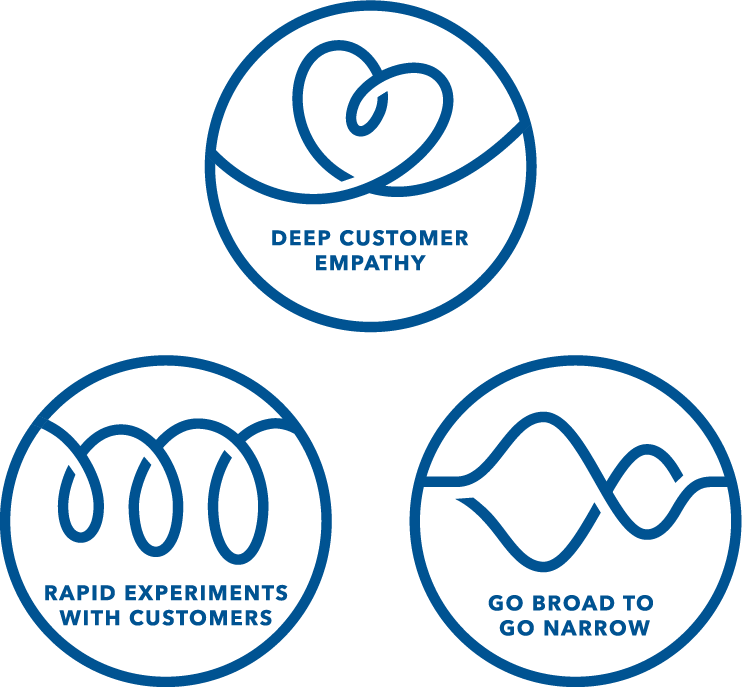
Kaaren HansonProject type
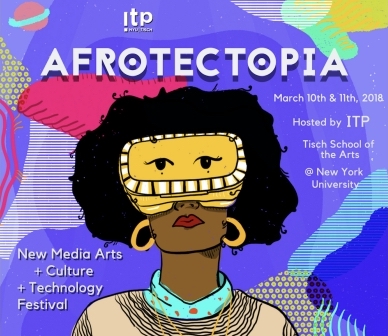
Ari MelencianoProject type

Mizuko Itoresearch
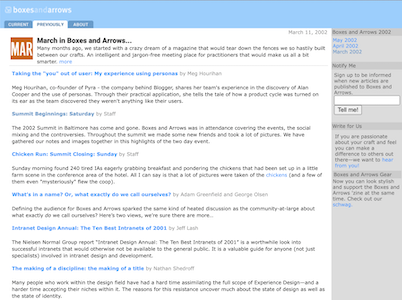
Boxes and ArrowsProject type

Mithula NaikCivic

Lili ChengProject type

Ovetta SampsonProject type
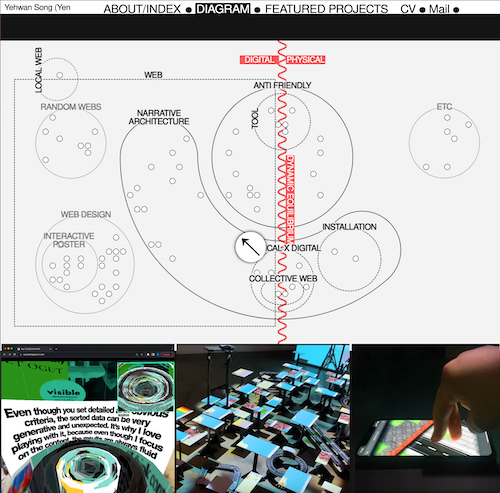
Yehwan SongProject type

Anicia PetersProject type

Simona MaschiProject type

Jennifer BoveProject type
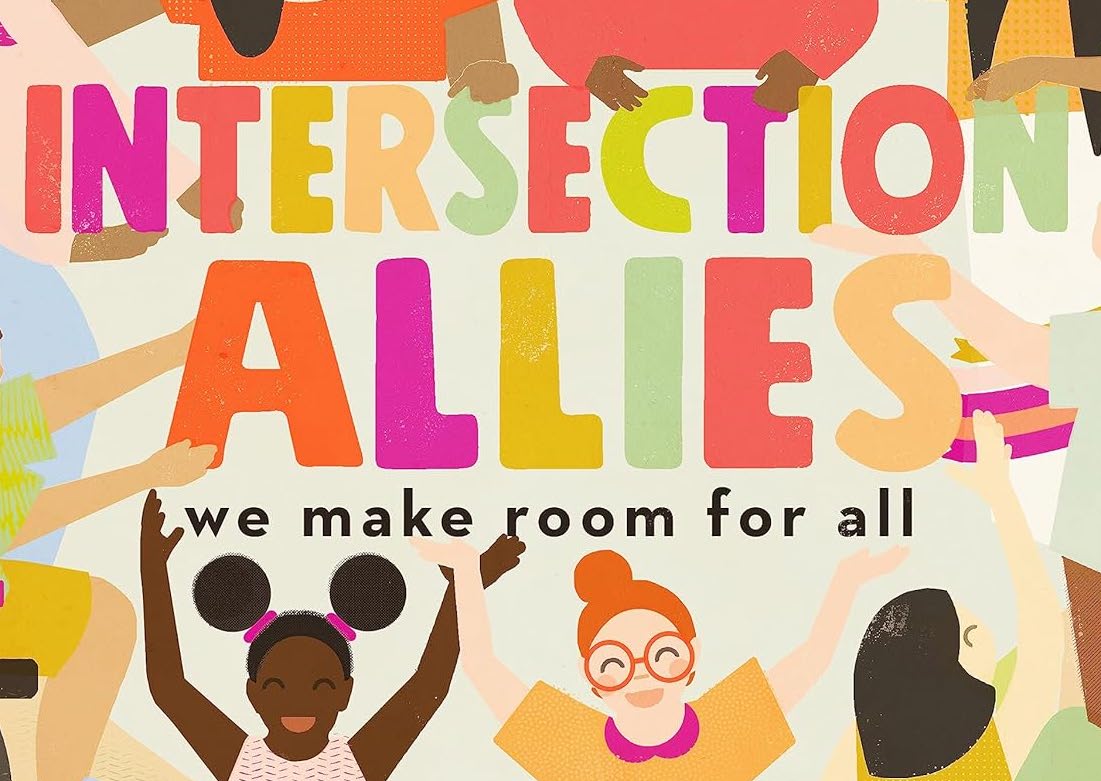
Chelsea JohnsonProject type
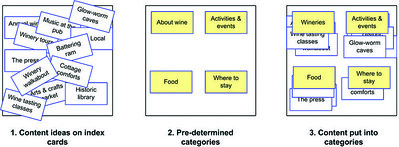
Donna SpencerProject type

Lisa WelchmanProject type

Sandra GonzālesProject type

Amelie LamontProject type

Mitzi OkouProject type

The Failings of the AIGAProject type
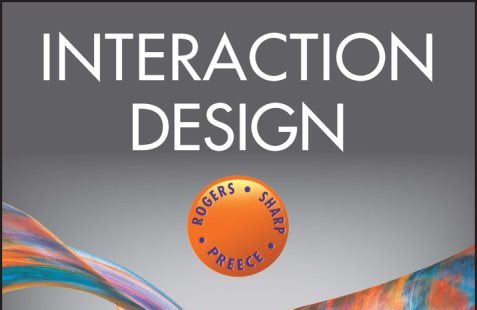
Jenny Preece, Yvonne Rogers, & Helen SharpProject type

Colleen BushellProject type

Aliza Sherman & WebgrrrlsProject type

Cathy PearlProject type

Karen HoltzblattProject type

Sabrina DorsainvilProject type
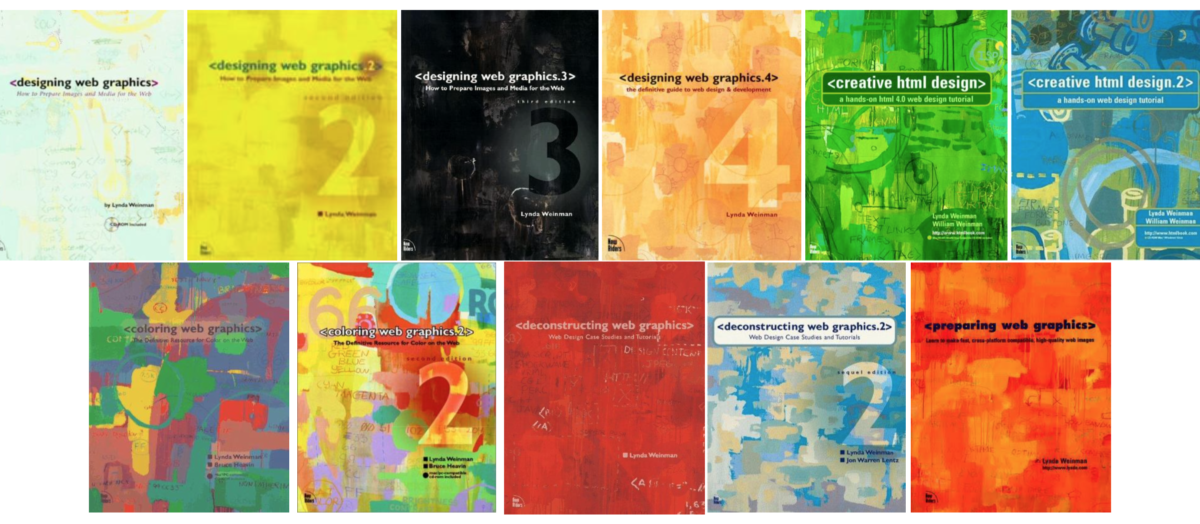
Lynda WeinmanProject type

Irina BlokProject type
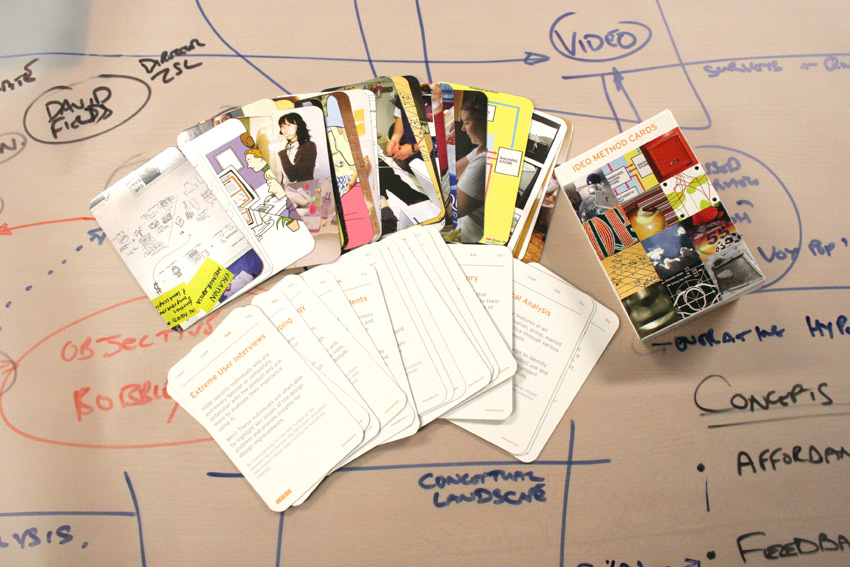
Jane Fulton SuriProject type

Carolina Cruz-NeiraProject type
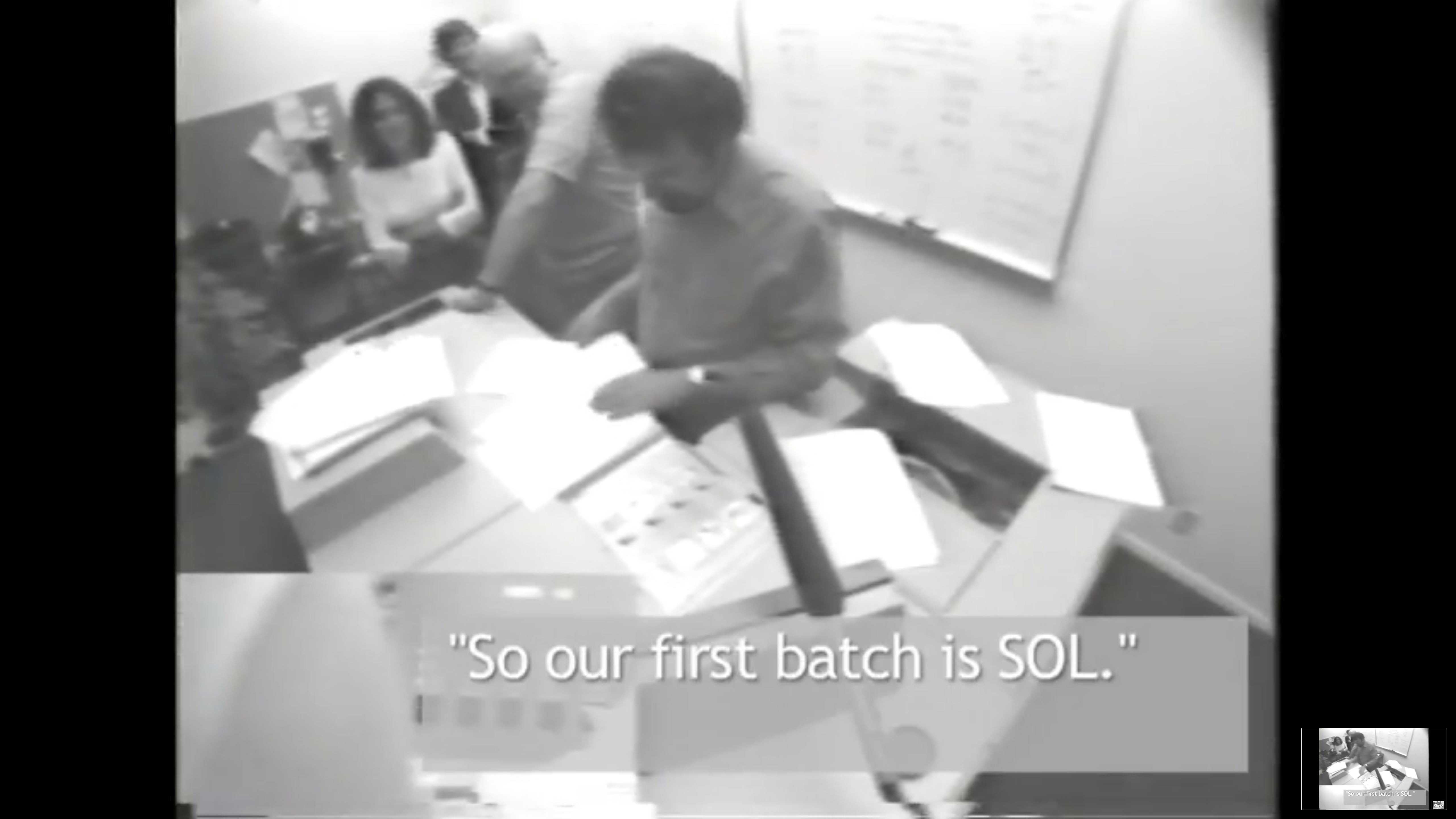
Lucy SuchmanProject type
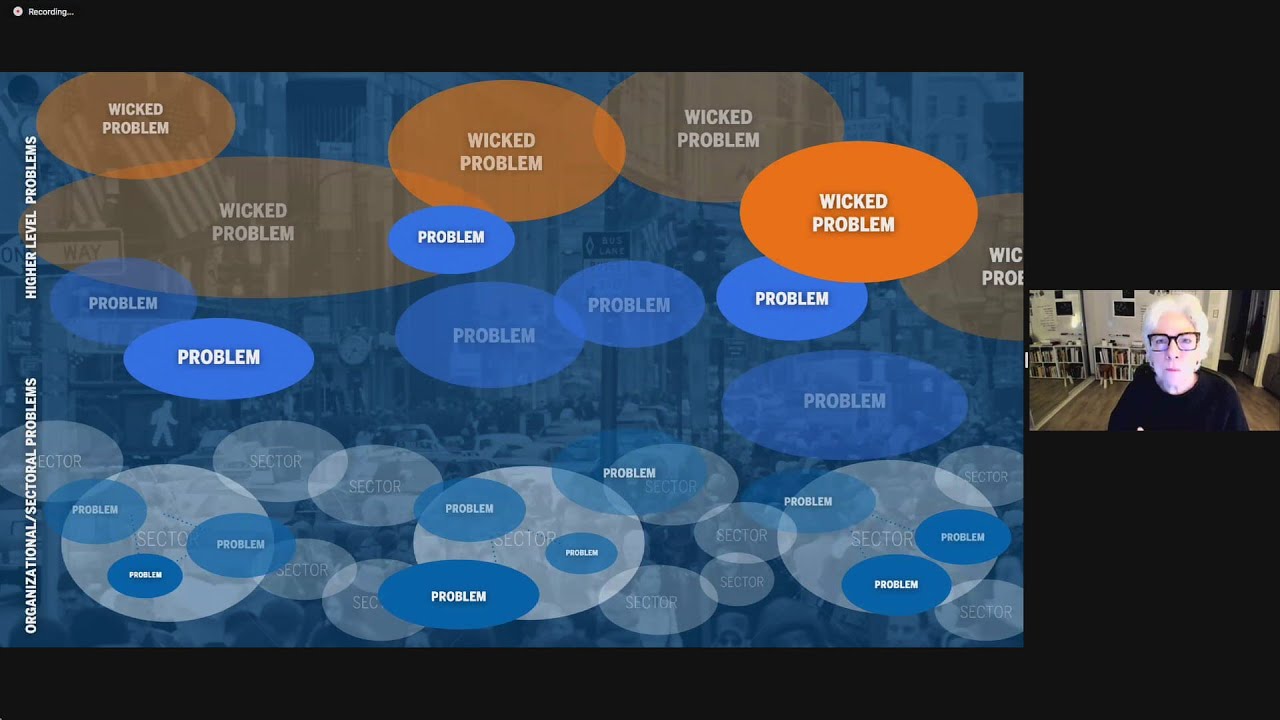
Terry IrwinProject type
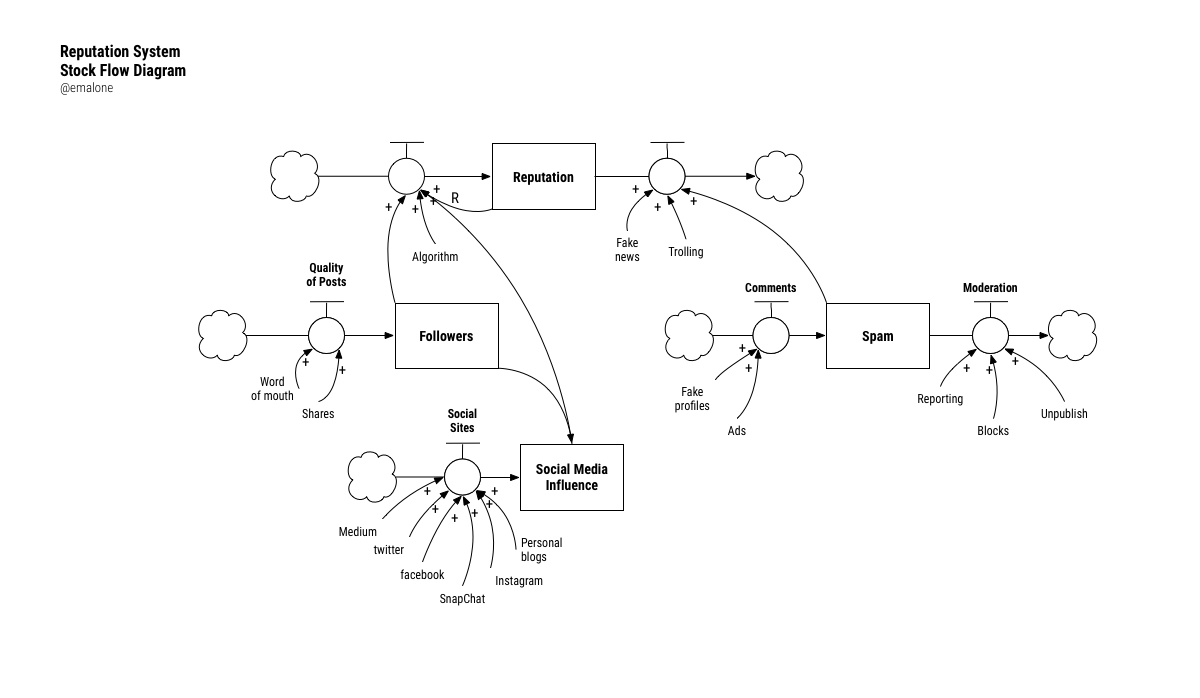
Donella MeadowsProject type

Maureen StoneProject type

Ray EamesProject type
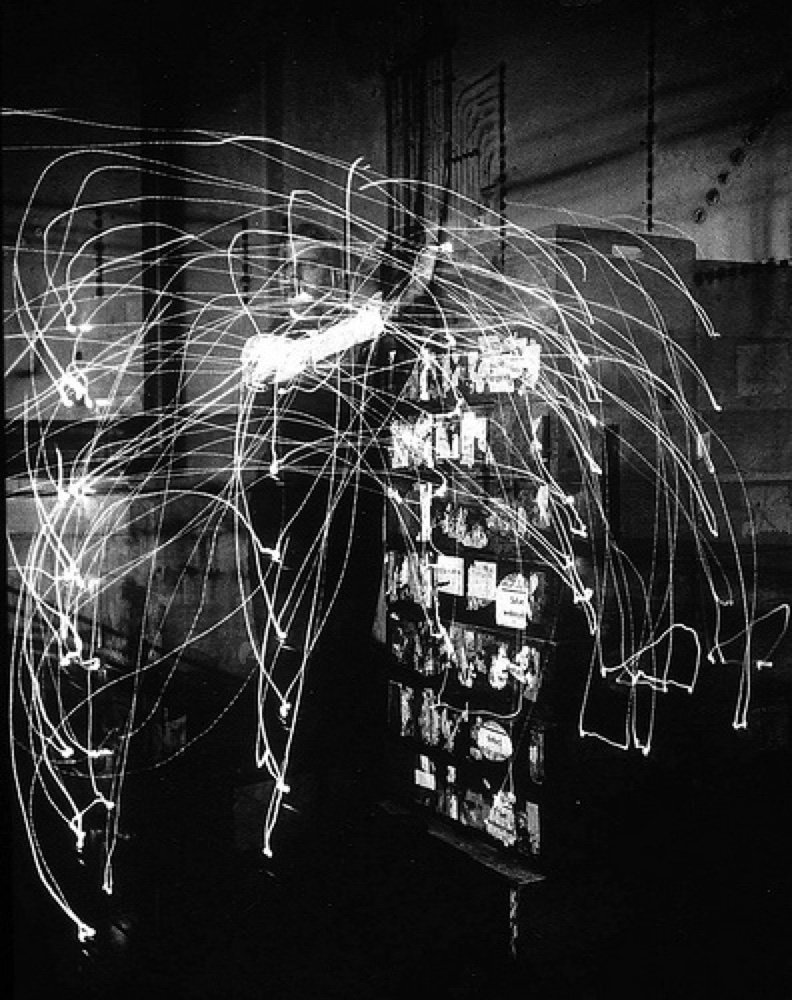
Lillian GilbrethProject type

Mabel AddisProject type

Ángela Ruiz RoblesDesigner

